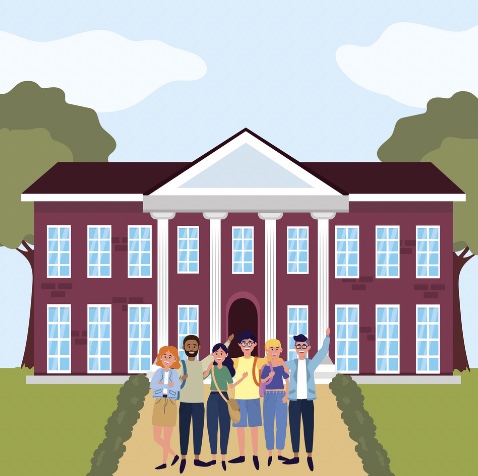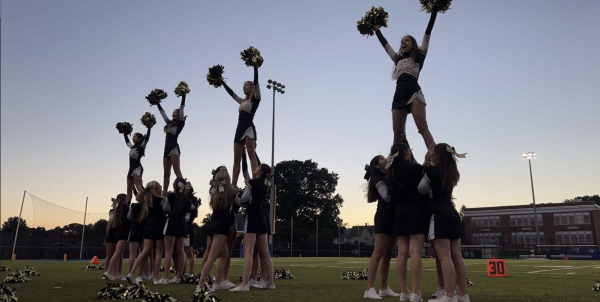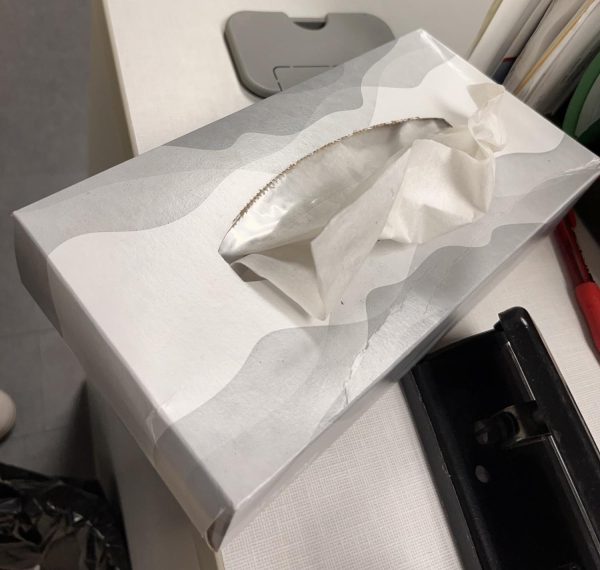Yes, they should.
November 22, 2021
Starting the 2020-2021 school year, Cresskill High School began taking action and attempting to combat bias in the school and community. This began with the DEI (diversity, equity, and inclusion) program, which, as its name implies, is a way for teachers and administrators to truly observe their teaching style and curriculum and find ways to incorporate lessons of diversity and acceptance into the classroom. This means that, for cultural months such as Hispanic Heritage Month, Black History Month, and Asian American and Pacific Islander month, Cresskill High School pays special attention to addressing different influential people of these heritages. On the morning announcements at school during these months, a new figure is presented each day, along with information on them and their impact. Furthermore, each teacher, regardless of the class, is expected to provide some sort of assignment for students that will address the importance of the month in relation to the class they teach.
At first, this was a change in curriculum that I was wary of. In the 2020-2021 school year, the change felt abrupt and confusing. Because teachers were told to diverge from traditional lessons, it felt as though we were being given busy work on topics unrelated to current work we were doing. What concerned me, as well as other peers I spoke to, about this was that in many classes it felt as though this was unnecessary work that, instead of being empowering to students, felt more like an annoyance.
This sentiment quickly changed when I began witnessing the way some teachers effectively incorporated diversity into their education. I was particularly impacted by the education I received during these months in the classes I least expected diversity to be as influential in. In my AP biology class last year, Mr. Boita gave us articles on scientists who made discoveries related to the topic we were on in class. We never truly diverted from the curriculum, and got the benefits of recognizing a diverse group of scientists whereas most of the scientists recognized throughout history were white men. In my math classes, we learned about mathematicians who had discovered formulas and concepts we now use in our calculations. I was given the opportunity to read different works of fiction written by Black women in my English class, having a choice of books that had previously been banned in the curriculum.
Even with these changes, we still have a long way to go. Mrs. Peck, supervisor of Curriculum and Instruction at CHS, spoke with the Cresskill Communique about the act of incorporating diversity into the curriculum. “It’s a long process,” she claims. “It’s not something we can do overnight.” However, Cresskill’s commitment to having an educated, accepting student body will not stop at addressing these topics every few months. This is part of a broader goal: changing the curriculum as a whole into one that is more inclusive.
In addition to history months, Cresskill now has a Diversity and Inclusion committee for students to be active in helping enforce these changes as well. Last year, the group of students involved was far smaller than it could have been. This year, the goal is to have more students involved, and work with administration to make CHS as safe a space as possible.










